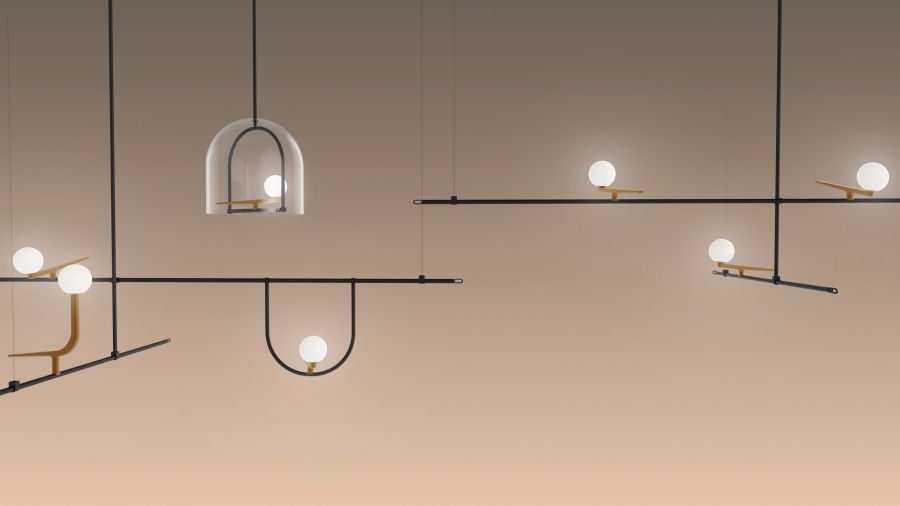Exploring symbiosis with photosynthetic algae
through furniture that cultivates living things.
The installation; ‘Living Things’ contains furniture of a possible and not too distant
future where the symbiosis between human beings and microorganisms is
externalized and celebrated in the built environment.
The installation; ‘Living Things’ contains furniture of a possible and not too distant
future where the symbiosis between human beings and microorganisms is
externalized and celebrated in the built environment.
Microalgae are some of the most ancient and prolific organisms on earth. They
are single-celled proto-plants without roots, stalks, or leaves. Despite accounting
for less than 1% of the Earth’s total biomass, microalgae drive the biological
pump which maintains our atmosphere and the balance of carboniferous
matter theirin. The energy dense and nutrient rich material left behind by these
microorganisms remains an almost entirely untapped renewable resource by
humans.
We have begun to harness the power of other microorganisms in industries such
as waste management, alcoholic beverage production, agriculture, medicine,
and more recently biofuels. Microalgae, however, present a unique opportunity
to designers. The absence of a superstructure to organize their anatomy allows
the liquid suspension in which they live to be treated more like a material than
a plant. In the hands of an architect, industrial designer, engineer, or systems
designer this liquid plant becomes a living material which can be integrated
symbiotically into the architectural environment. The plasticity of this living
material allows us to create living structures. These living structures recycle light,
heat, and carbon dioxide from buildings and their inhabitants into rich green
biomass which can be consumed as sustenance, used as agricultural fertilizer, or
converted to biofuel.
This installation reveals the phenomenological qualities of the highly beneficial
micro-algae and challenges visitors to consider what the future of the domestic
environment may become in the context of the precarious agricultural and
energy needs of a ballooning population.
The project
How do people in a home cohabitate with microorganisms? Do you treat them
as a pet, a houseplant, an appliance, furniture, or something completely unique?
Through an installation of domestic vignettes in which Spirulina algae are
cultivated in custom glass bioreactors designed as household furnishings, Living
Things creates a symbiotic environment between people and microorganisms.
The three vignettes; a living room, a dining room, and a kitchen/control center
each espouse a different character, and the living vessels function differently in
each space. The morphologies of hand-blown glass vessels function both as
lighting and heating elements for the human occupants, and high functioning
photobioreactors which provide heat, light, agitation, air supply, nutrient and
waste control to the living algae inside. This life support system is connected
through just under ½ mile of wiring and plumbing to a hybrid between a
scientific workstation and a media cabinent. At this workstation each of the nine
vessel’s life support systems can be adjusted individually. The 3D printed nylon
knobs embedded in the surface of this workstation actuate eighteen valves
which allow for the harvesting of Spirulina when the culture becomes dense
enough, and the supply of fresh liquid media to each vessel. Inside the cabinet
the pumps, tubing, manifolds, LED drivers, air pumps, heater connections and
filters which comprise the heart of the life support system.
The microorganism Spirulina was selected for the installation for its ability to
thrive in very alkaline waters, where most bacteria cannot live. As the algae
grow very quickly the character of each vessel changes continuously. The
liquid becomes a deeper rich green and absorbs more and more light from the
internally lit vessels. Individual Spirulina filaments which are just barely visible
to the naked eye (⅓ of a millimeter long) can be seen mixing inside the glass
vessels. Once filtered, the algae can be dried from a viscous paste into a fine,
green powder which is over 60% protein by weight and is mostly flavorless with
a hint of grassiness. During the course of the installation the artists and museum
will work with bartenders and chefs to create drinks and dishes which feature
Spirulina at special events held in the installation.







